
SPICES
15-08-2020 di redazione

Cumin is one of the most popular spices in the world and grows on all continents.
It comes from a herbaceous plant (Cuminum cyminum) with leaves as long as 10 cm and arranged in a comb, which has very ancient origins.
The seeds of cumin are practically similar to those of fennel or aniseed.
They have a smaller oblong shape and are dark brown in colour. Its main components are: sodium, potassium, fibres and sugars, fats and proteins.
They give food a particular and slightly spicy aftertaste and can be used in the preparation of soups, stews or vegetables.
The beneficial properties of cumin are many.
In addition to its tasty taste, it brings health benefits that are not indifferent to both body and mind.
To begin with, it is a rich source of iron: an essential component in metabolic and digestive enzymes, as in the famous hemoglobin.
This is reflected in optimal digestion, tissue oxygenation, energy production and proper maintenance of the immune system.
Cumin activates certain pancreatic enzymes useful for the digestion and assimilation of nutrients, and enzymes devoted to the detoxification of free radicals and other potentially toxic substances.
Its use in the kitchen is also suggested to those who suffer from asthma, arthritis or kidney disease.
In addition, some scientific studies also seem to assign cumin anti-carcinogenic properties, especially for stomach problems.
The mind also benefits from the properties of cumin.
It helps to improve our memory; to raise concentration levels; to mitigate insomnia and provide better rest. In the past, the combination of cumin and honey was considered to be a marvellous combination: it was a natural remedy against amnesia, but also a recipe for a powerful aphrodisiac of Arabic origin.
It increases body heat, increasing the body's overall metabolic expenditure. The body burns more calories than usual and, if it does not find any in the bloodstream, it takes them directly from adipose deposits, which helps us to dissolve them. There are 375 calories per 100 grams of cumin.
Food science has recorded that cumin improves by 25% the body's ability to get rid of excess fat, particularly affecting the abdominal area.
It works better when taken together with other spices such as fennel, aniseed, mustard and ginger.
Cumin also works as a stimulant for the digestive process. The food, it would be better to say the scraps, are pushed more quickly to the exit and this reduces their time spent inside the colon, with all the positive consequences in terms of exposure to toxic and possibly cancerous substances.
An excellent herbal tea to drink at the end of a meal to aid digestion can be prepared with the seeds of this precious spice, a pinch of fennel and a little mint, very useful also against coughing.
Chewing cumin seeds would help combat bad breath and stimulate the appetite.
Finally, cumin oil is perfect for massages and wraps, stimulates the circulation and exerts a disinfectant action on the skin.
RECIPES
di redazione
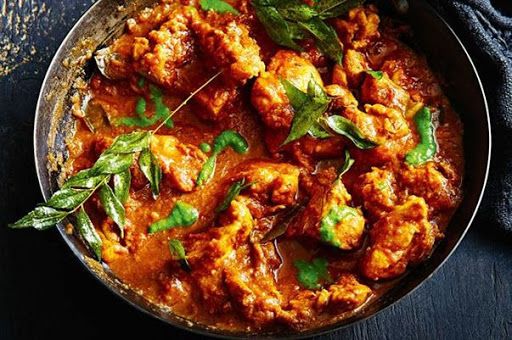
The goodness of free-range chicken in Kenya is no mystery. In most cases it is simply cooked on the grill, but there are dishes of Swahili cuisine that contemplate other pleasant encounters of flavors. One of these is tamarind chicken...
RECIPES
di redazione
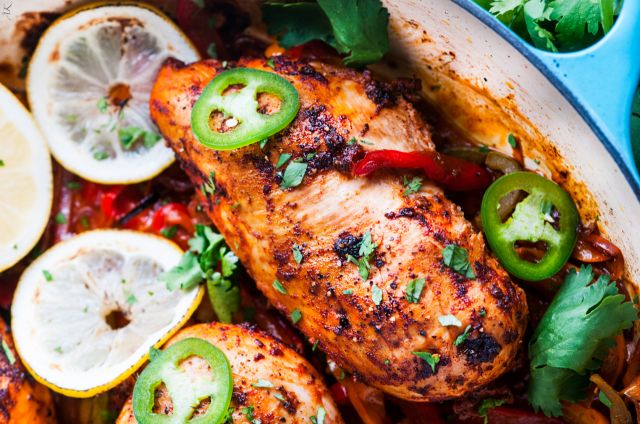
Chicken with spices and lime is a tasty land dish from the Kenyan coast.
The combination of chicken with sweet and sour is a classic in Indo-Eastern cuisine, as is the combination with ginger and turmeric.
It is not uncommon...
RECIPES
di redazione

RECIPES
di redazione
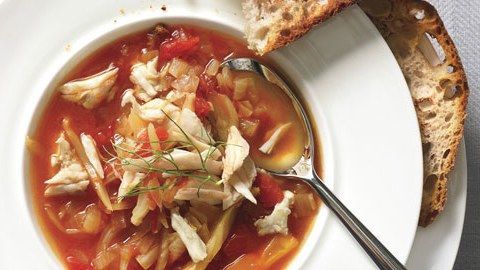
Crab soup with ginger is a traditional dish of the Lamu archipelago.
The local people, especially on the island of Pate, usually eat this dish with coconut rice or chapati.
Here is the original recipe reworked by watamukenya.net
RECIPES
di redazione
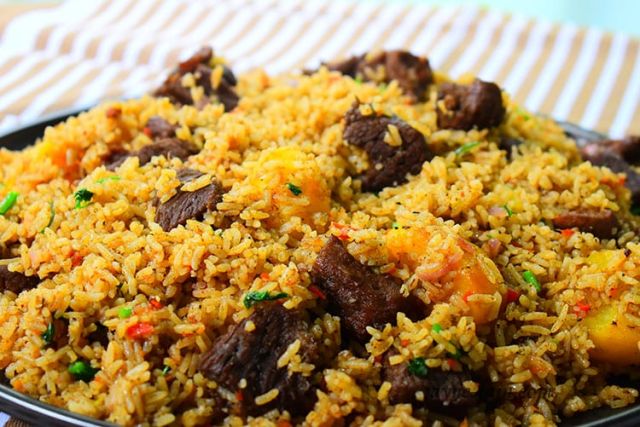
The rice "pilau" is one of the most common unique dishes to be found in restaurants in Kenya, especially those on the coast. The recipe is of Middle Eastern origin, but its Swahili variant is widespread especially in Kenya and...
RECIPES
di redazione
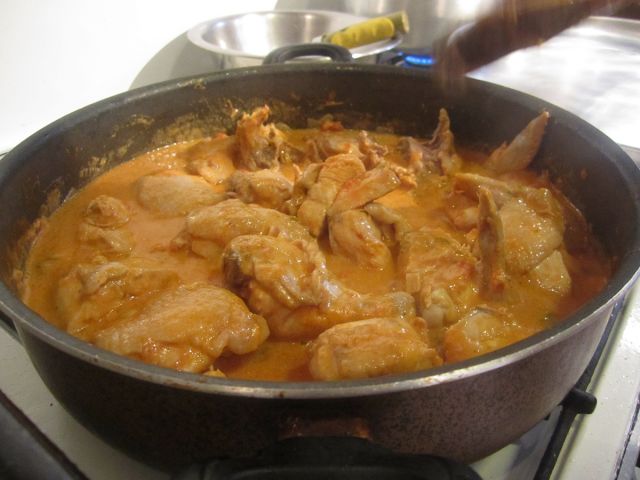
Chicken cooked "alla swahili" suffers, like many dishes of the Kenyan coast, from ancient mixes and suggestions between India, Middle East and other countries that have frequented the Indian Ocean of Africa.
Here is the original recipe for this tasty...
PRODUCTS
di redazione
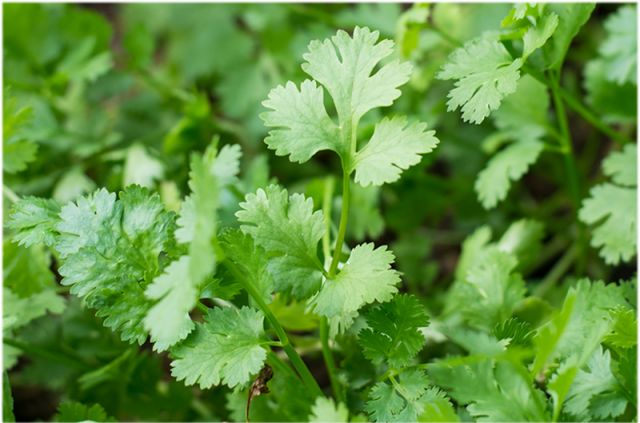
Coriander, or dhania as it is called here, is a herbaceous plant whose fruits are used, mistakenly called seeds because they are small and hard, as well as its leaves, which are very similar to those of...
RECIPES
di redazione

The "matoke" or "matoki" are green bananas, also known as plane tree, not excessively sweet, which also in Kenya, as in most of Africa, have various utilizations. Besides flour and bread, they are used as potatoes in stews.
HERE IS...
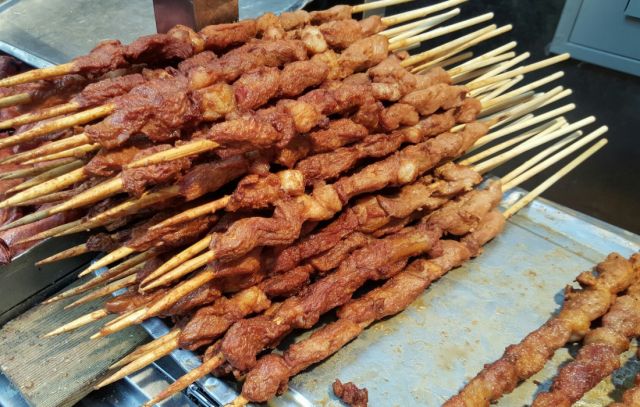
The mshakiki are meat skewers, similar in presentation to the traditional roasts of central Italy.
They can be beef, chicken or kid and ideal, before preparation, is the maturation of the meat in the fridge and marinating with oil, salt,...
PRODUCTS
di redazione

It is a spice native to the Indian sub-continent, present on the African coasts of the Indian Ocean already in 1300 and brought to Europe by the English in the past centuries. Its name is..
PRODUCTS
di redazione

The silver cyprinid is a small freshwater fish with a silvery colour and lustre that can grow to a maximum length of 9 cm.
Also known as the Lake Victoria sardine, in Kenya it is called...
RECIPES
di redazione

Although originally from South America, papaya has spread widely in Kenya and is well integrated into Swahili cuisine. An interesting and tasty example is...
RECIPES
di redazione

The Swahili cuisine of Kenya, as we know, is a mixture of the cultures and people who have landed on the coast, and the products of the territory they have learned to use. The example is offered by the use...